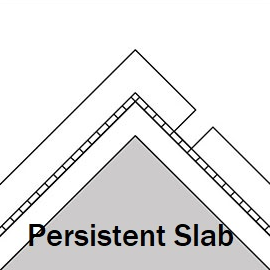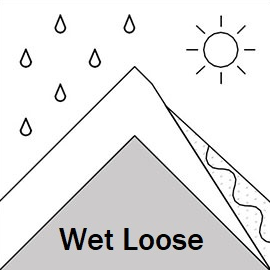Gudauri
Natural avalanches are possible, human-triggered avalanches are likely. Small avalanches in many areas, or large avalanches in specific areas, or very large avalanches in isolated areas.
More very warm spring days are coming up. Wet snow avalanches could become large and glide slabs could be more active. Wet slides or heavy loads could also set off a buried weak layer, resulting in much larger slab avalanches. It might be spring, but unstable snow still persists around the Gudauri area.
Forecast issued at: 30 March 2024 08:00
Forecast valid until: 1 April 2024 08:00
Forecaster: Manu Greer
High Alpine
> 2600m
3 Considerable
Dangerous avalanche conditions. Careful snowpack evaluation, cautious route-finding and conservative decision-making essential.
Alpine
2000m - 2600m
2 Moderate
Heightened avalanche conditions on specific terrain features. Evaluate snow and terrain carefully; identify features of concern.
Sub Alpine
< 2000m
2 Moderate
Heightened avalanche conditions on specific terrain features. Evaluate snow and terrain carefully; identify features of concern.
Avalanche Problems
Persistent Slab

Crusts with weak, sugary snow above and below them have been seen in the upper and mid snowpack (below the recent new snow layers). These layers have caused recent large avalanches. A large slab avalanche could be started by a smaller surface avalanche, a heavy load, or by a rider hitting the 'sweet spot' (often an area where the overlying slab is thinner). These problems will be worse at high elevations and in areas where the snowpack is shallower. Warm temperatures will eventually stabilise these layers but they might become more active for a while first - treat steep slopes with caution!
| Sensitivity | The specific avalanche problem type is difficult to trigger with a human rider. |
| Distribution | Specific areas, with common characteristics. Evidence for instabilities exists, but it is not obvious and finding it requires careful observations. |
| Time of Day | All day |
| Trend | Improving |
| Confidence | Moderate |
Loose Wet

A combination of a high freezing level, sun, light rain and wet snow, and areas of cloud creating a greenhouse effect will make loose snow avalanches likely in steep areas. These slides may also be the trigger for a larger slab avalanche on slopes below. Stay away from steep areas if you see evidence of snow movement, and when the snow is unsupportive, wet and sticky.
| Sensitivity | The specific avalanche problem type is reactive to human rider triggers. Easy to trigger with ski cut. |
| Distribution | Specific areas, with common characteristics. Evidence for instabilities exists, but it is not obvious and finding it requires careful observations. |
| Time of Day | All day |
| Trend | Deteriorating |
| Confidence | Moderate |
Recent Avalanches and Snowpack
Recent avalanche activity:
27 March - multiple size 2 windslabs seen on Lomisa - Miketi ridge E and NE, 2000 - 2900 m, some involved deeper layers.
26 March - multiple large slabs on Sadzele W and NW aspects 2900 - 3200 m, triggered by expolsives - including three size 3 slides.
25 March - Multiple size 3 slabs, N aspect along the ridge E of Arakhveti on or near Mujukhi.
Glide slabs are active on multiple aspects (more commonly E, S and W), some up to size 3. These are more likely in warm weather but can release at any time - if you see cracks in the snow, do not stop under these areas!
Snowpack:
Around 80 cm of new snow fell between early Friday 22nd and Monday 25th. The new layer is becoming more stable due to mild temperatures, but the previous snowpack has crusts with and weak facet layers in the upper half. Whumphing and failures in snow tests have been seen recently. Wind from SW and W has formed slabs near ridges in sheltered areas. Cornices in some locations are getting large (particularly on Lomisa Ridge); treat them with respect.
Weather
Snow showers Saturday with light rain below New Gudauri - 2-5 mm. Sunny and very warm on Sunday. Winds light to moderate from the W and N. Feezing level 2500 m Saturday rising to 2900 m Sunday morning.
Disclaimer
Our avalanche forecasters are internationally qualified and experienced professionals, and data is provided by skilled observers. We encourage you to make your own observations and decisions, without relying solely on our forecast, since any forecast is a generalised 'best guess', and in certain cases it might be inaccurate. We can not be held liable for any actions you take in the backcountry that may result in injury, loss or death.